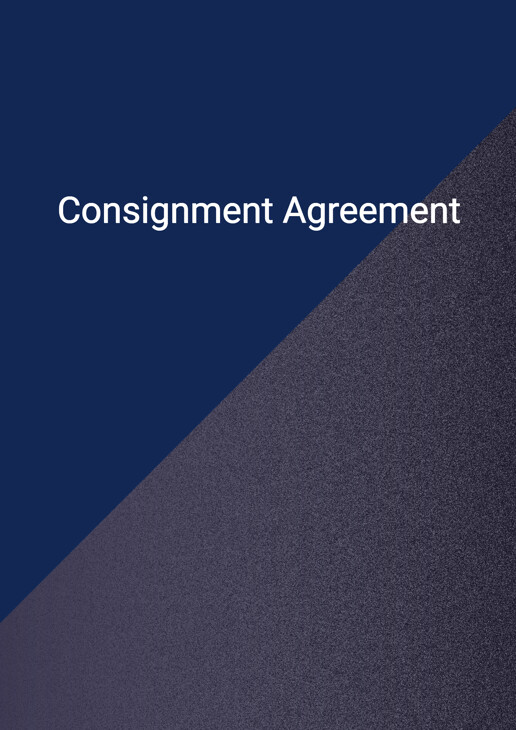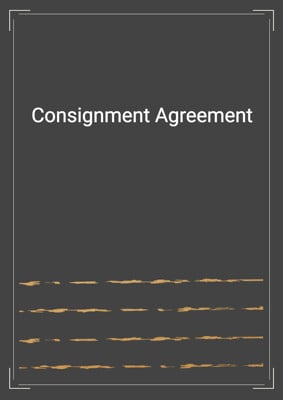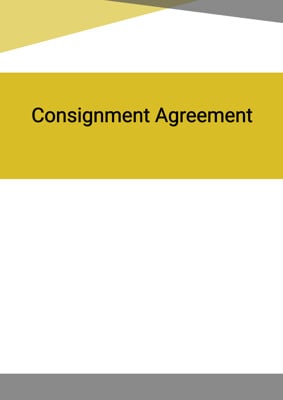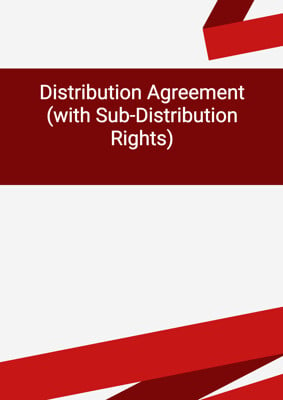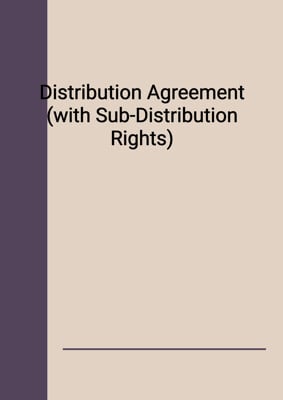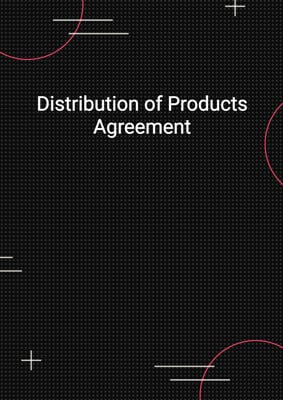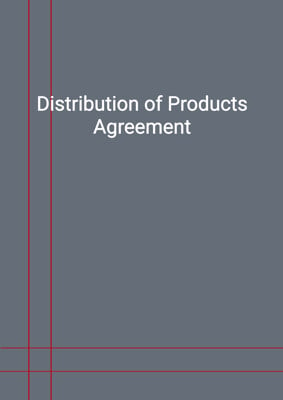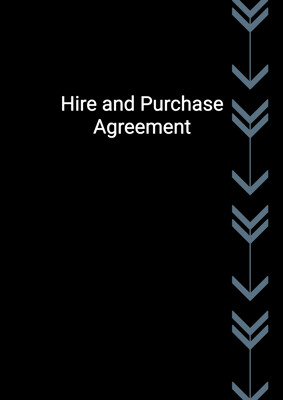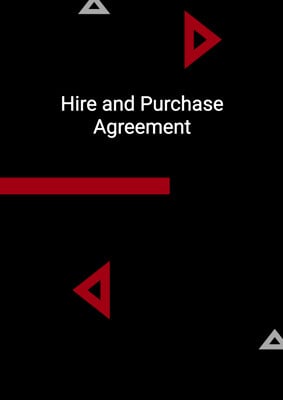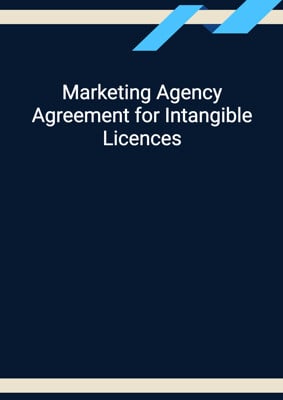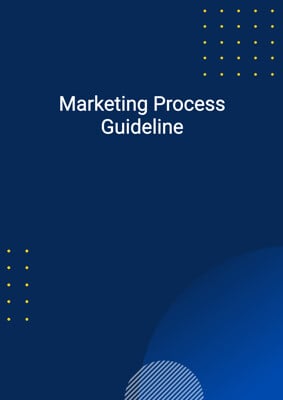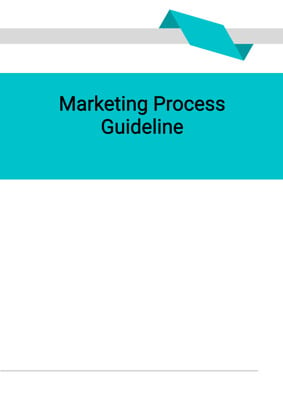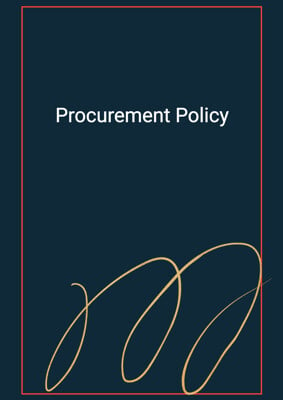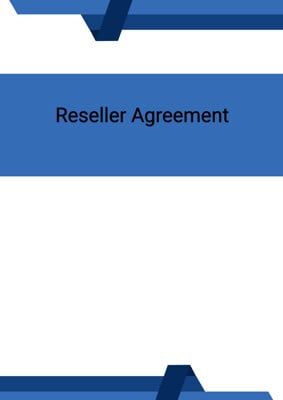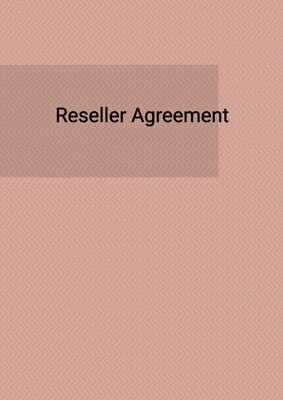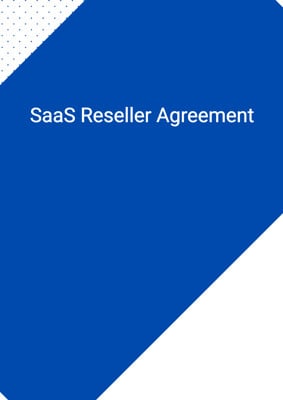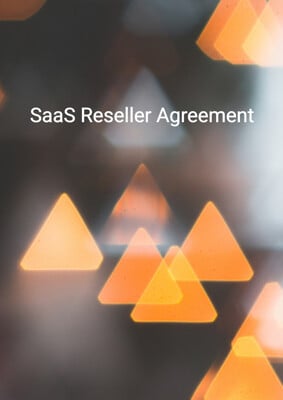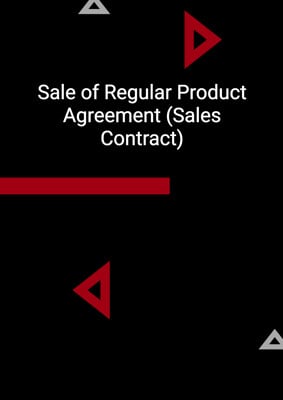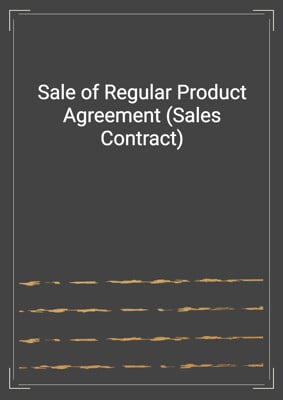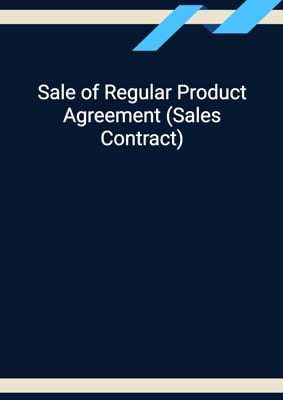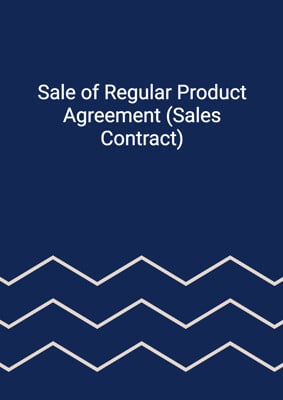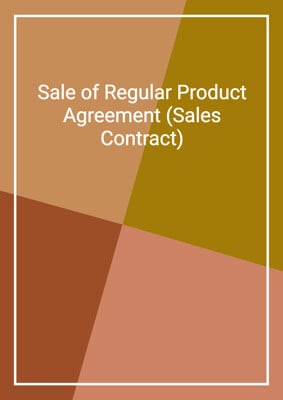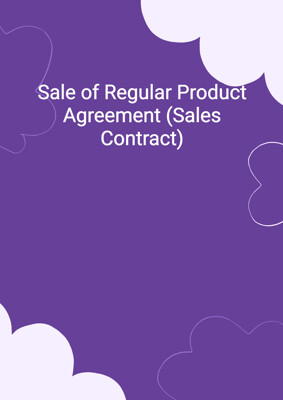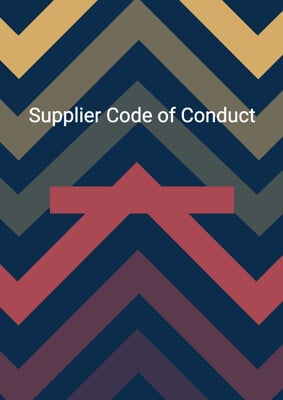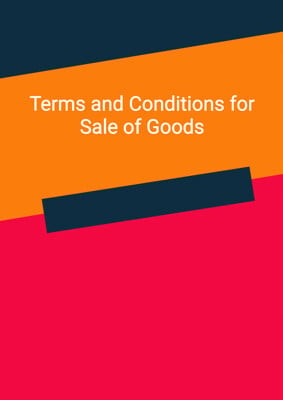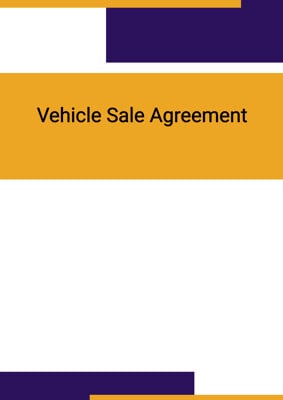How to Tailor the Document for Your Need?
01
Create Document
Fill in the details of the parties. You can click the "Fill with Member’s Information" button to complete it with information saved to your account.
02
Fill Information
Please fill in any additional information by following the step-by-step guide on the left hand side of the preview document and click the "Next" button.
03
Get Document
When you are done, click the "Get Document" button and you can download the document in Word or PDF format.
04
Review Document
Please get all parties to review the document carefully and make any final modifications to ensure that the details are correct before signing the document.
Document Preview
Document Description
The Consignment Agreement is a document that outlines the terms and conditions between the consignor and the consignee for the sale of goods in a specific territory. The agreement highlights the importance of the document by emphasizing the benefits and responsibilities of both parties involved.
The entire document is divided into several sections, each addressing a specific aspect of the consignment agreement. The interpretation section defines key terms used throughout the agreement, ensuring clarity and understanding. The marketing and display section outlines the consignee's duties in promoting and displaying the goods, including marketing campaigns and the allocation of floor and wall space for the goods. The consignee's duties section further elaborates on the consignee's responsibilities in promoting and marketing the goods, complying with marketing strategies, and maintaining good relations with customers. The sale of goods section specifies the terms and conditions for the sale of goods, including pricing, payment, and the consignee's obligation to collect payment on behalf of the consignor. The intellectual property section addresses the consignee's obligations regarding the consignor's intellectual property rights. The rights and duties of the consignor section outlines the consignor's responsibilities in supplying samples, catalogues, and other materials, as well as honoring contracts and complying with applicable laws. The financial provisions section details the consignee's consignment fee and payment obligations. The confidentiality section highlights the consignee's duty to keep restricted information confidential. The force majeure section addresses the parties' rights and obligations in the event of unforeseen circumstances. The duration and termination section specifies the duration of the agreement and the conditions for termination. The consequences of termination section outlines the actions to be taken upon termination, including the return of goods and the cessation of promotional activities. The nature of agreement section clarifies the relationship between the parties and sets out the entire agreement. The arbitration and proper law section determines the jurisdiction and governing law of the agreement. The notices and service section outlines the requirements for giving notice and serving legal proceedings.
Each section of the document provides detailed information and instructions to ensure that both parties understand their rights and obligations. The agreement covers various aspects of the consignment process, including marketing, sales, intellectual property, and financial provisions. By following the guidance provided in each section, both the consignor and the consignee can effectively use the document to establish a successful consignment arrangement.
How to use this document?
1. Familiarize yourself with the terms and conditions of the Consignment Agreement, including the interpretation section, which defines key terms used throughout the agreement.
2. Understand your role as the consignee in promoting and displaying the goods. Follow the marketing and display guidelines, which include conducting marketing campaigns, cooperating with the consignor in generating media interest, and allocating floor and wall space for the goods.
3. Comply with the consignor's marketing strategies, including pricing, terms of payment, and advertising. Cooperate fully with the consignor and provide prompt and responsive input.
4. Fulfill your duties as the consignee, such as making yourself available for consultation and advice, attending meetings with the consignor and customers, and making regular calls upon customers for the purpose of promoting the goods.
5. Keep accurate records of sales and provide regular reports to the consignor, including a detailed report of promotional and marketing activities and advertising expenditure.
6. Comply with the consignor's instructions regarding the sale of goods, including offering the goods for sale at the agreed price, collecting payment in full, and obtaining necessary licenses and permits.
7. Protect the consignor's intellectual property rights and promptly notify the consignor of any infringement or claim of infringement.
8. Honor the consignor's rights and duties, including supplying samples, catalogues, and price lists, and informing the consignor of any changes in the market or competing goods.
9. Calculate and charge the consignment fee based on the net sales price actually paid by customers. Keep accurate records of sales and provide evidence of the selling price.
10. Maintain confidentiality of restricted information and use it only for the purpose of performing your obligations under the agreement.
11. Comply with the force majeure provisions in the event of unforeseen circumstances that may affect the performance of your obligations.
12. Understand the duration and termination provisions of the agreement and the actions to be taken upon termination, including the return of goods and the cessation of promotional activities.
13. Remember that this agreement sets out the entire agreement between the parties and supersedes any previous agreements or understandings.
14. If any disputes arise, refer to the arbitration and proper law provisions to determine the jurisdiction and governing law of the agreement.
15. Ensure that all notices and legal proceedings are served in accordance with the requirements outlined in the agreement, including using the specified addresses and methods of service.
Not the right document?
Don’t worry, we have thousands of documents for you to choose from:
